Organizational changes can be complex and have a lasting impact on the workflow and overall productivity of a business. One way that you can make transitions more manageable is by making an overall employee transition plan for your company. This article will outline the key points in the transition process and provide tips for creating a strategy for changes company wide.
The best time to plan for transition is before one happens. By creating a systematic format to manage change and collect the needed information, you can set your teams up for an efficient transition process.
What is an Employee Transition Plan?
An Employee Transition Plan is a detailed outline that provides information to a company about how to handle a particular transition. Whether it is caused by an organizational restructuring or an employee leaving a job position, employee transition plans ensure that all the information you need is gathered in one place. Rather than hoping everyone involved understands their role in the process, this plan gives clear instructions and outlines who is responsible for each task. This makes it much easier to bring in a new hire or train someone new for a position.
What is the Purpose of an Employee Transition Plan?
The primary purpose of a transition plan is to create a structured approach to managing company changes. Creating a system where everyone knows what they should be doing and when different things will happen can take much of the stress out of transitions. Rather than wondering if people understand their role and having information scattered everywhere, this provides a way for everyone to know what they should be doing.
What Should it Include?
An Employee Transition Plan should include significant steps in the process and critical contacts/resources in the company. This might include:
- A list of all stakeholders involved in the transition process
- The tasks and responsibilities of the role
- Who will take over the role- new hire or internal transfer?
- What duties will be reorganized upon the transition
- Any projects in process, deadlines, stakeholders, and who might take over responsibilities
- Feedback opportunities and exit interviews
- Administrative processes such as directory updates, password changes, subscriptions, or logins
- Contact information for HR specialists, managers, etc.
- Resources for training, information about new hires, etc.
- Key dates and deadlines for hiring, training, and onboarding
What is the Process of Transitioning Employees?
A transition usually follows this process:
1) Write an Action Plan
Managers should meet with HR to write down concerns/questions and what the transition timeline is.
2) Create a Communication Plan
Employees need to understand how they are affected by the transition and need clear communication from someone who knows what is happening. This can include:
- An email that goes out to everyone with updates about what is going on and how it might affect them.
- A meeting with managers to discuss concerns or questions about the transition process.
- Email, text message, or phone call updates as the transition process moves forward.
- Employee training as needed, for example, a new person being hired, so current employees know what to expect.
3) Manage Expectations
It’s essential to meet with all stakeholders involved and discuss concerns and how things might change.
Making a standardized plan to manage transitions helps set expectations about what people should be doing and when. It also makes sure everyone understands their role so they can do what is expected. If you have a new person being hired, expect some people to be more upset about the change than others and need extra time to get used to things. If employees know their role and have training on what they should be doing, it will help with the transition process from start to finish.
It’s important to remember that each transition process is different and should be managed according to its situation. The above provides a general idea of how your company might handle things, but it is just one example of what you can do when an employee leaves or a new hire is in the mix. If you need more help with managing transition processes, look for an expert in human resources to help you learn how to make it all go smoothly.
Deep End Talent Strategies is here to help! Contact us today at: info@deependstrategies.com.

